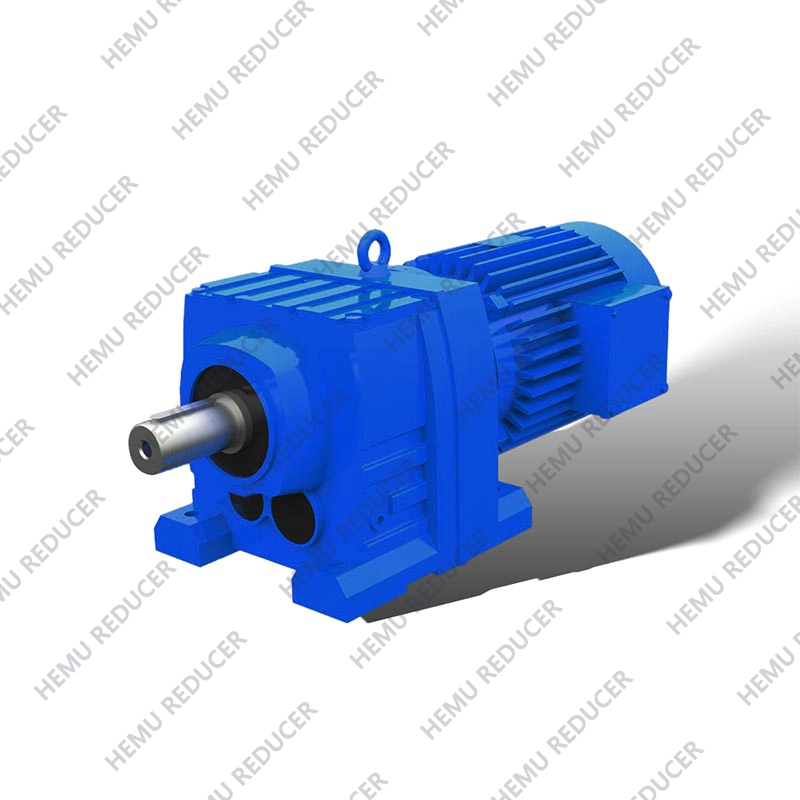The working principles of Helical Gear Motor
2025-05-07
A helical gear motor is a type of electric motor combined with a helical gearbox. It is commonly used in industrial applications where efficiency, quiet operation, and durability are essential. Here's a breakdown of its working principles:
Working Principles of Helical Gear Motor
Electric Motor Input
The system starts with an electric motor (AC or DC) that generates rotational motion (torque and speed).
This rotation is transferred to the gearbox attached to the motor shaft.
Helical Gear Mechanism
Unlike spur gears, helical gears have teeth cut at an angle to the axis of rotation.
As the input shaft turns, the angled teeth of the helical gear engage gradually, providing:
Smoother transmission
Quieter operation
Higher load capacity

Torque Transmission and Speed Reduction
Helical gears reduce speed and increase torque by transferring the motion through gear stages.
Each gear stage can be arranged in parallel shafts, allowing compact design and efficiency.
Load Output
The final gear in the series connects to the output shaft, delivering high-torque, low-speed rotational motion.
This motion can be used to drive conveyors, mixers, pumps, or any other machinery.
Advantages of Helical Gear Motors
High efficiency (up to 98% per stage)
Quiet operation due to gradual tooth engagement
Durable under heavy and continuous loads
Compact design with high torque output
Suitable for both horizontal and vertical mounting
If you are interested in our products or have any questions, please feel free to contact us and we will reply you within 24 hours.